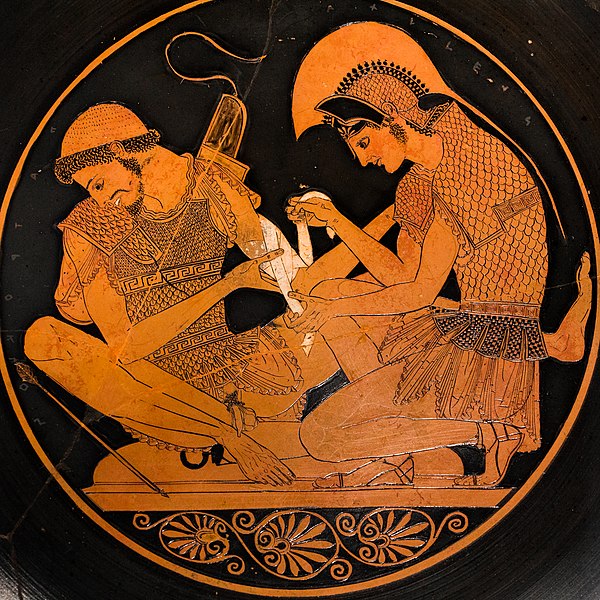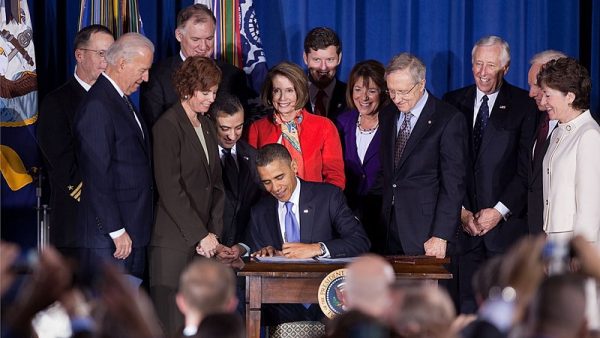Being queer, no matter in what way, is a challenge. Maybe queer people put up a façade, maybe everyone knows. There may be similarities between experiences, but everybody has a unique story to tell.
There has been evidence of LBGTQ+ people documented in many known cultures. Ancient Greece, especially Sparta, is well-known for this. But LGBTQ+ people were spread worldwide, from Albania to Africa and Africa to America. Of course, not all regions were equally accepting.
During Prohibition, there were many underground clubs for both heterosexual and homosexual people to enjoy.
Six years later, World War II started, and homosexuality coalesced once more in Europe, and later in America another two years later. Gay men met as soldiers and lesbian women met back at home. Many also met in Nazi death camps, where gay and transgender people were commonly placed. This helped create comradery, tight relationships and the comfort of knowing they were not alone.
The turning point for gay rights in America happened about 24 years later. On June 28, 1969, New York’s Stonewall Inn members defended against police raids on the bar. There have been pride marches to celebrate its anniversary since the 70s.

The American Psychiatric Association stopped considering homosexuality as a mental illness in 1973, but open homosexuality wasn’t allowed in the military until 2011. Before then, those who were found out were discharged.
According to Gallup, a bit over 7% percent of American adults identify as anything besides heterosexual, cisgender or allosexual as of 2022. This statistic has seen an upward trend since 2012, when 3.5 percent of Americans identified as such.
“I couldn’t tell anyone,” 67-year-old Californian Beth Thomlinson said. “Gay men were bullied by people who suspected them, and gay people were never popular.”
For some people, their discovery of their gender or sexuality was quite abrupt.
“My friend, I thought she was kinda hot and thought, ‘Oh! Maybe I’m gay,’” An anonymous student said. “Maybe I like women.”
However, sometimes realizing their gender or sexuality was a slow process that occured over many years. For Sage Creek sophomore Alex Wagner, it started in first grade.
“I think there was a Father-Daughter dance,” Wagner said. “And I thought you know, I don’t really want to do that. I kind of want to do the Mother-Son thing instead.”
These realizations can often be stressful.
“It [the stress] changed. Less stress internally, but more about ‘What if my parents found out’,“ Wagner said. “You gotta keep up a facade.”
However, not all people had the same experience with their epiphany. For example, Thomlinson stated that fully discovering herself “relieved a lot of stress.”

But there is a big difference between knowing who you are and having other people know who you are. For Thomlinson, it was easy.
“The first person I told was my son,” Thomlinson said. “And he said ‘I already knew that. I’m just happy you found out.’”
Her parents were just as easy to tell.
“I remember once, my dad and I were walking around and we saw a woman,” Thomlinson said. “He [Thomlinson’s father] told me ‘Look at her. Isn’t she good-looking?’,”
But Wagner has still not told their parents.
“I’m such a character,” Wagner said. “To my parents, and to most of my friends.”
LGBTQ+ people have always been around, and will always be around. Maybe it’s time for us to let them be themselves again.
“It’s like I can’t be the real me – ever,” Wagner said. “Unless I’m alone.”









